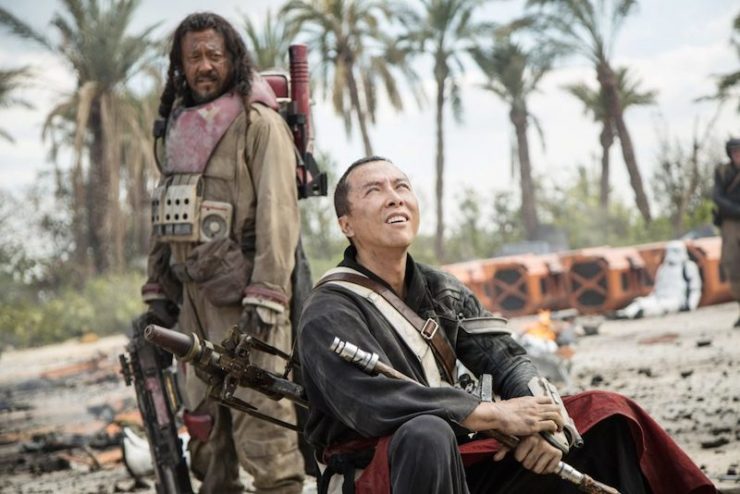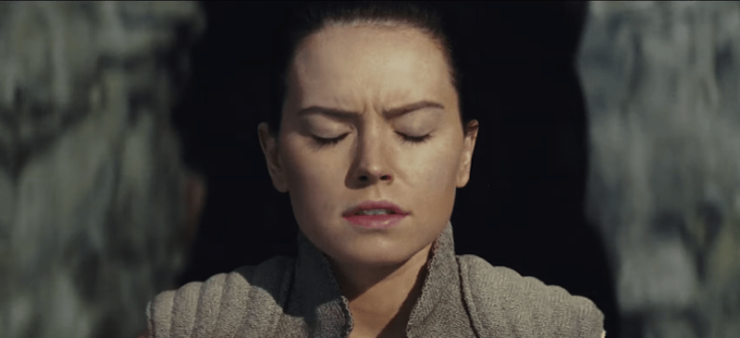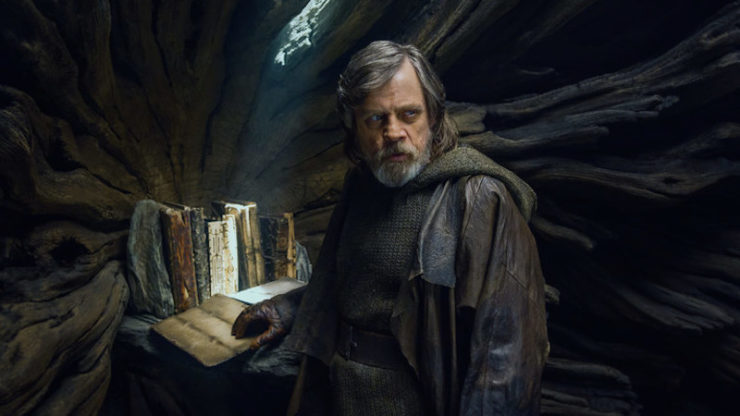When I lived in Charlottesville I worked at a daycare outside of town. I was marking time, waiting for grad school acceptances and rejections to hit my mailbox. I was finally beginning to work my way out of a debilitating depression, and surrounding myself with the energy and love of children was the quickest way I could do it. The kids loved me. They talked to me and handed me books to read to them and held my hand to lead me over to their art. I cleaned them and taught them how to wash their hands after they used the toilet. I fed them and watched them sleep.
This time, for me, was a thin, flimsy ladder back into life.
There were a couple of lunch breaks during the kids’ naptime, so we’d spell each other, one teach hanging back to keep an eye on the sleeping children while the others ate together in the break room. When I started I noticed that the teachers broke in two separate groups: the white teachers, who were all related by blood or relationship, ate together, talking about shopping and complaining about men and children. The Black teachers ate together, mostly talking about tragedies in the community. I wasn’t interested in either conversation.
You’ll notice that the previous paragraphs have been “I” statements. Lots of ‘em. That was part of my problem, you see, I was so far in my own head that I wasn’t entirely sure other people were even real. It was work to care about them. It was easier to care about children. The other person I gradually started caring about was my teaching partner, a Black woman. She had a teen daughter, and was dating a man who maybe wanted to start a family with her. The two of them would hop in his truck and drive all night to go to New York for weekends. Over the course of working with her I realized that she, and all the other Black teachers, lived in a trailer park community, in a valley, a bit of a drive from the daycare. Their road was dirt and gravel. The white teachers, for the most part, lived in a gated McMansion community much closer to the daycare. Their streets were paved, sidewalked, decoratively-flowered.
When the older teachers threw one of the younger ones a baby shower, I was invited, despite only having worked there a few months. None of the Black teachers were invited, not even the younger teacher’s co-teacher, who had worked with her for years.
When a series of spring blizzards hit the town, the teachers were all expected to make it in, whether their roads were paved or no. When a later spring tornado hit the town there was no concern shown for the fact that one community was more vulnerable than the other.
When the younger white teachers wanted to complain, they would vent to the older Black teachers, never caring whether the women wanted to listen or not. I watched this pattern many, many times over only few months.
One day the new daycare manager found out that my co-teacher had a teenage daughter, and began speaking at some length about how much my co-teacher reminded her of another employee she had, a comparison that she clearly meant as a compliment. But when my co-teacher pressed her on how, exactly, she was similar to this other employee, the only similarities were that both women were Black and had been young mothers. They had nothing else in common…but more that than, the manager didn’t even know my co-teacher well enough to compare her to anyone.
At the beginning I went back and forth between the two breaks, trying to be friendly to both. I didn’t want to engage in the White Southern Femininity on offer (I know, I know, this is shocking to my friends reading this) so I often ate lunch with the other group. But it finally occurred to me that maybe I was, in my blundering Northern-ness and genderfuckery, imposing my presence on a group that wanted a break not from children, but from white people. I’d say this took about a month? I retreated completely at that point, and took myself out of the equation by eating lunch in my classroom while the kids slept. Sometimes my co-teacher joined me and we’d have whispered conversations while the kids slept. Sometimes one would wake up and waddle over, and I’d eat while the kid dozed in my lap.
Once the weather got better I spent my lunch break walking, Stephen King-style, on the side of the highway, so I could think. I spooned food into kids’ mouths and wiped the ensuing shit off of asses. I watched as the status quo was enforced, day after day, as older Black women were expected to provide care not only for small children, in exchange for pay, but even for adult white women. They were expected to stop their conversations and streams of thought to be there emotionally for adult women, without pay, while being shut out of becoming friends with those women.
It’s not like this was the first time I’d ever seen that—hell, I’ve been the object of such expectations, as a working-class female. I just don’t know if I’d ever seen it in such a stark and unapologetic way. Because of my position as a white college graduate I was able to hold myself aloof from it and observe. Because of my position as a broke working-class employee I didn’t feel I could say anything without risking my own financial neck.
This isn’t a story of how the kids healed me or the women healed me or anything else. I’m not healed. The depression is still there, a pit just under my waking mind. If I look down I’ll see that there’s nothing under me but air, and I’ll fall back in.
Those are more “I” statements, but as I say, this isn’t the story.
What this story is about, really, is that a type of violence was enacted on people. One group of people treated another group like they were just a little less human. One group expected the other to listen, to absorb, to take insults disguised as compliments, to remain separate, to remain less, to clean up shit. That expectation, that violence, is under everything in this country. It stabbed up into greater visibility last night, but it is always there. If you’re fortunate enough not to see it, that doesn’t mean it’s healed.
All you have to do is look down.
 The Hugo Award nominations are now open! If you are a Hugo-nominating-type person, please do me the honor of considering one of my Tor.com articles in the Best Related Work category. Of all of my work last year, there are two pieces that make me particularly proud:
The Hugo Award nominations are now open! If you are a Hugo-nominating-type person, please do me the honor of considering one of my Tor.com articles in the Best Related Work category. Of all of my work last year, there are two pieces that make me particularly proud:










